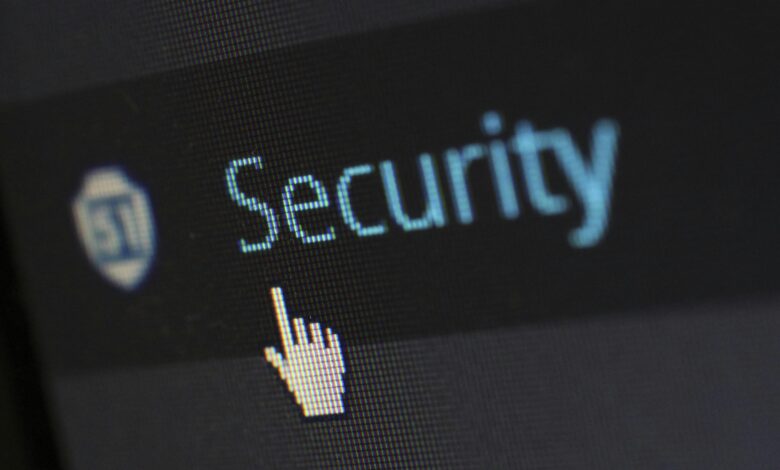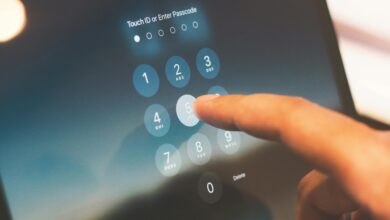How to Use Encryption for Secure Communication

In today’s digital world, secure communication is more important than ever. Whether you’re sending sensitive business information, personal messages, or financial data, encryption ensures that only the intended recipient can access your communication. Encryption transforms readable data (plaintext) into unreadable code (ciphertext), making it nearly impossible for unauthorized parties to intercept or decipher.
This article will guide you through the basics of encryption, explain how it works, and provide practical steps for using encryption tools to protect your communications.
Why Encryption Matters
Encryption is a critical tool for safeguarding privacy and security in an era where cyber threats are rampant. Here’s why it’s essential:
- Protects Sensitive Data: Prevents hackers, eavesdroppers, and malicious actors from accessing confidential information.
- Ensures Privacy: Keeps your conversations private, whether they’re personal or professional.
- Complies with Regulations: Many industries require encryption to meet data protection laws like GDPR, HIPAA, or CCPA.
- Builds Trust: Demonstrates to clients, partners, and users that you prioritize their security.
Now, let’s explore how encryption works and how you can implement it effectively.
1. Understanding How Encryption Works
At its core, encryption uses algorithms to scramble data so that only someone with the correct decryption key can unscramble it. There are two primary types of encryption:
Symmetric Encryption
- Uses the same key for both encryption and decryption.
- Fast and efficient but requires securely sharing the key between parties.
- Common algorithms: AES (Advanced Encryption Standard), DES (Data Encryption Standard).
Asymmetric Encryption
- Uses a pair of keys: a public key (shared openly) and a private key (kept secret).
- More secure for transmitting keys over insecure channels.
- Common algorithms: RSA (Rivest-Shamir-Adleman), ECC (Elliptic Curve Cryptography).
Most modern systems combine both methods for optimal performance and security.
2. Choosing the Right Encryption Tools
There are numerous encryption tools available for different types of communication. Below are some popular options categorized by use case:
For Email Encryption
- PGP (Pretty Good Privacy): A widely used protocol for encrypting emails. Requires generating public and private keys.
- ProtonMail: An encrypted email service that handles encryption automatically.
- Tutanota: Another secure email provider with end-to-end encryption.
For Messaging Apps
- Signal: Offers end-to-end encryption for text messages, voice calls, and video chats.
- WhatsApp: Provides end-to-end encryption for all communications (though metadata may still be accessible).
- Telegram: Supports “Secret Chats” with end-to-end encryption (regular chats are not fully encrypted).
For File Sharing
- VeraCrypt: Creates encrypted virtual disks or partitions for storing files securely.
- Boxcryptor: Encrypts files before uploading them to cloud storage services like Google Drive or Dropbox.
- 7-Zip: Compresses and encrypts files using AES-256 encryption.
For Web Browsing
- HTTPS: Ensures encrypted communication between your browser and websites. Look for the padlock icon in the address bar.
- VPNs (Virtual Private Networks): Encrypt internet traffic to protect against snooping on public Wi-Fi networks.
For Disk Encryption
- BitLocker (Windows): Encrypts entire hard drives to prevent unauthorized access.
- FileVault (Mac): Similar to BitLocker but designed for macOS devices.
3. Steps to Encrypt Your Communications
Here’s a step-by-step guide to implementing encryption for various types of communication:
Step 1: Set Up End-to-End Encrypted Messaging
- Download a secure messaging app like Signal or WhatsApp.
- Verify the identity of your contacts by comparing safety numbers or QR codes.
- Enable disappearing messages if you want added privacy.
Step 2: Encrypt Emails
- Sign up for an encrypted email service like ProtonMail or Tutanota.
- Alternatively, install PGP software (e.g., Gpg4win for Windows or GPG Suite for Mac).
- Generate your public and private keys.
- Share your public key with recipients who need to send you encrypted emails.
- Decrypt incoming emails using your private key.
Step 3: Secure File Sharing
- Use Boxcryptor or VeraCrypt to encrypt files before uploading them to the cloud.
- For quick transfers, compress files into password-protected archives using 7-Zip.
- Share passwords securely via separate channels (e.g., phone call or Signal message).
Step 4: Protect Internet Traffic
- Install a reputable VPN service like NordVPN, ExpressVPN, or Surfshark.
- Connect to a server location close to you for better speed.
- Always enable the kill switch feature to block traffic if the connection drops.
Step 5: Encrypt Storage Devices
- Enable BitLocker (Windows) or FileVault (Mac) to encrypt your device’s hard drive.
- For external drives, use VeraCrypt to create encrypted volumes.
- Regularly back up encrypted data to avoid losing access due to hardware failure.
4. Best Practices for Using Encryption
To maximize the effectiveness of encryption, follow these best practices:
- Use Strong Passwords: Combine uppercase letters, lowercase letters, numbers, and symbols. Avoid reusing passwords across accounts.
- Enable Two-Factor Authentication (2FA): Adds an extra layer of security to your accounts.
- Keep Software Updated: Regularly update encryption tools and operating systems to patch vulnerabilities.
- Be Cautious with Metadata: Even encrypted messages may reveal sender/receiver details and timestamps.
- Backup Keys Securely: Store recovery keys in a safe place, such as a password manager or physical vault.
- Educate Yourself and Others: Understand the limitations of encryption and teach colleagues or family members how to use it properly.
5. Limitations of Encryption
While encryption significantly enhances security, it’s not foolproof. Be aware of these limitations:
- Human Error: Weak passwords or improper key management can compromise encryption.
- Metadata Exposure: Encrypted messages may still expose metadata, such as sender/receiver info.
- Legal Requests: Governments or law enforcement agencies may demand access to encrypted data under certain circumstances.
- Quantum Computing Threats: Future advancements in quantum computing could potentially break current encryption algorithms.
Despite these challenges, encryption remains one of the most effective ways to protect your communications.




